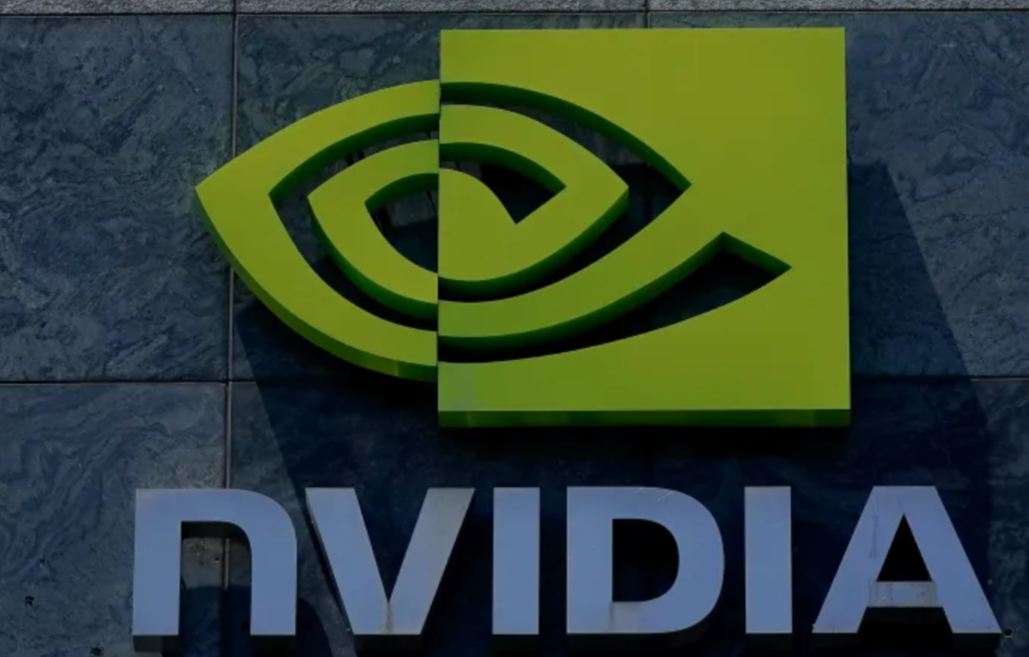Nvidia’s stock has been on a tear, with its market capitalization skyrocketing from $1.1 trillion to a staggering $3.1 trillion in just one year.
Now, an early investor who championed Amazon and Tesla’s success believes Nvidia’s rise is far from over. James Anderson, a former partner at investment giant Baillie Gifford, predicts the chipmaker could reach a market cap in the “double-digit trillions” – a mind-blowing $49 trillion – if artificial intelligence takes hold and Nvidia maintains its lead in the field.
This optimistic outlook hinges on a crucial factor: the continued growth of the AI market. Nvidia’s data center revenue, fueled by AI applications, is already booming at 60% annually. Anderson believes this trajectory, if sustained for a decade, could propel the company to unimaginable heights. However, his prediction comes with a significant caveat – he assigns only a 10-15% probability of this outcome.
Anderson’s bullishness is rooted in his past successes. He was a vocal supporter of Amazon and Tesla in their early days, and his bets paid off handsomely. Scottish Mortgage Investment Trust, the fund he managed at Baillie Gifford, saw a staggering 2,240% return between 2005 and 2021, with Nvidia being one of its key holdings since 2016. His current investment firm, Lingotto Investment Management, also has a significant stake in Nvidia, making it the largest position in their $650 million fund.
While Nvidia’s future looks bright, Anderson acknowledges the company’s path wasn’t always clear. Initially, it was unclear whether Nvidia would find its niche in gaming, cryptocurrency, or AI. Unlike Amazon and Tesla, which had to build dominance from scratch, Nvidia benefitted from early success. Anderson still sees the company as agile and adaptable, a crucial trait in the ever-evolving tech landscape.
However, not everyone shares Anderson’s unbridled enthusiasm. Aswath Damodaran, a professor of finance at New York University, believes Nvidia may be riding a wave of overblown optimism surrounding AI. He acknowledges their current momentum but warns of potential pitfalls. He points to Tesla’s rapid rise and subsequent fall in 2021 as a cautionary tale, highlighting the dangers of inflated expectations. Damodaran argues that the entire AI chip market isn’t even worth $1 trillion, let alone supporting a $49 trillion valuation for Nvidia. He believes Nvidia would need to dominate numerous, substantial AI markets to justify such a valuation.
Doug Clinton, managing partner at Deepwater Asset Management, takes a more measured approach. While acknowledging Nvidia’s impressive growth, he avoids making long-term predictions about the company’s leadership in the AI space. He points to Nvidia’s current dominance in the GPU market (over 80% share) as a key strength, suggesting their position will remain strong in the near future (3-5 years). The ever-growing demand for AI, he argues, will continue to fuel Nvidia’s growth.
The Verdict: A Tale of Two Futures
The future of Nvidia hinges on a delicate balance. If AI adoption flourishes and Nvidia remains at the forefront of the technology, Anderson’s optimistic vision might become reality. However, inflated expectations and intense competition could lead to a correction, mirroring what Tesla experienced. The coming years will reveal whether Nvidia can solidify its AI leadership and sustain its astronomical growth, or whether it will succumb to the pressures of an ever-changing tech landscape.



